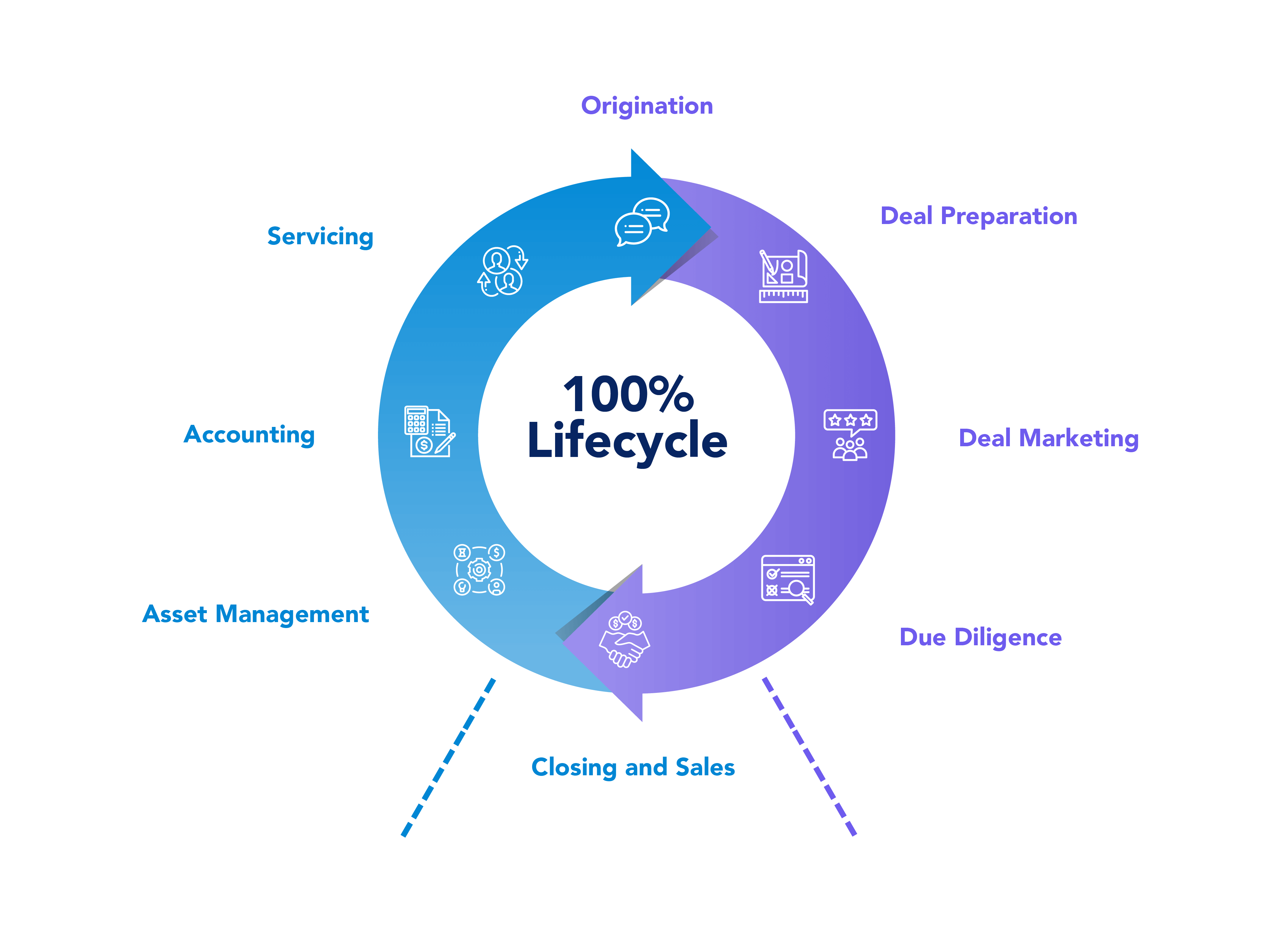Composable Banking
Legacy and One-Stop Shops vs. Composable Banking
Aug 31, 2023
In today's rapidly evolving financial landscape, the institutions poised for success are built for adaptability. Legacy platforms, often touted as the tried and true "one-stop shops" for all banking needs, are increasingly struggling to keep pace with digital transformations and changing customer expectations. Enter the concept of "Composable Banking," an approach built on the idea that future banks are essentially designed to change.
Incremental Transformation: The Road to Modernization
Rather than completely overhauling a bank's infrastructure, an incremental transformation approach is far more effective. Here's why:
Flexibility in Architecture: This approach allows institutions to gradually tweak and modify their architecture, ensuring they can adopt best-in-class solutions without a complete upheaval.
Agile Delivery: By making smaller, continual changes, banks can realize value quicker, making the most of agile methodologies.
Reduced Risks: Transitioning and migration are fraught with risks. Incremental changes lessen those dangers by focusing on specific segments rather than a broad sweep of functionalities.
Asset Utilization: Instead of abandoning existing tools and solutions, this approach leverages them, ensuring no resource goes to waste.
Smoother Transition to Composable: With the composable system, there's no pressure to have all new components in place immediately, relieving the typical stresses of a massive overhaul.
Phases of Transformation
Breaking down this transformation, we can identify three key phases:
Break and Address:
Decompose core banking functionalities to address inefficiencies.
Establish API and microservice gateways, facilitating seamless connections between upstream and downstream components.
Wherever possible, integrate existing components to avoid redundant work and preserve existing resources.
2. Component Modernization:
Revamp the customer engagement approach, focusing on channels and creating a holistic omnichannel platform.
Take opportunities to modernize other crucial components such as Know Your Customer (KYC) protocols, Anti-Money Laundering (AML) strategies, and advanced customer authentication systems. The aim? Delivering unparalleled customer experiences and improving operational efficiency.
Innovate with a New Tech Stack:
Venture into new territories by introducing fresh products and services, like digital wallets or Buy Now Pay Later (BNPL) schemes.
Embrace agile methodologies across IT departments and bring the operational model into the 21st century.
In Conclusion
The banking world is no longer one-size-fits-all. The institutions of tomorrow can evolve, adapt, and pivot according to the changing tides of technology and consumer behavior. By choosing the composable approach and understanding the value of incremental transformation, banks can set themselves up for a future that's not just about surviving but thriving.




